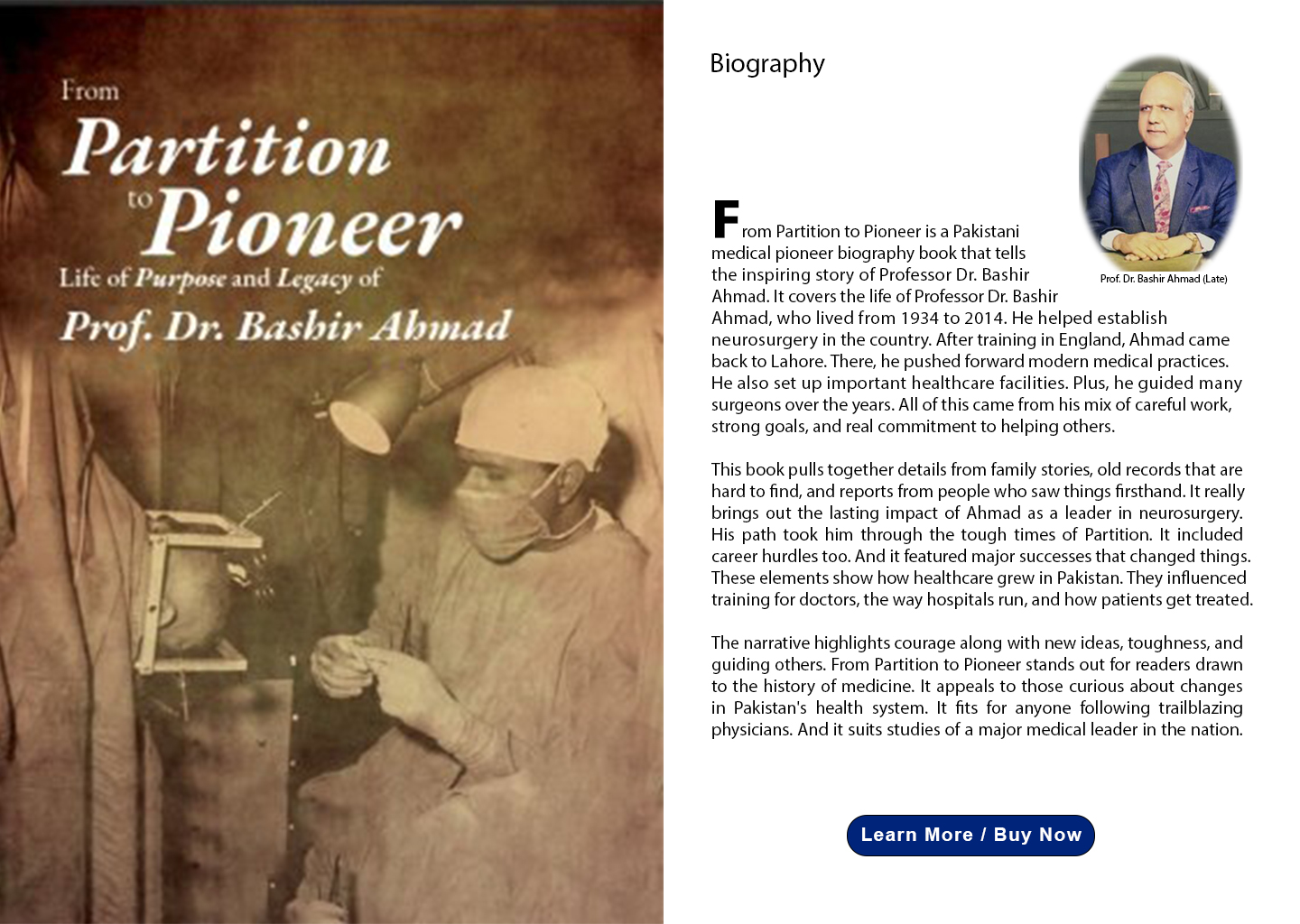World Hemophilia Day, commemorates annually on April 17th, serving as a global platform to raise awareness about hemophilia and other bleeding disorders, advocating for improved access to care, and celebrating the resilience of individuals living with these conditions. At our esteemed healthcare institution BNI – Bashir NeuroSpine Institute, we acknowledge the significance of this day and reaffirm our commitment to advancing hemophilia awareness, education, and treatment.
Understanding Hemophilia: A Complex Blood Disorder
Hemophilia is a rare, inherited bleeding disorder characterized by deficient or defective clotting factors in the blood, which hinder the body’s ability to form blood clots and control bleeding effectively. Hemophilia A, caused by a deficiency in clotting factor VIII, and hemophilia B, resulting from a deficiency in factor IX, are the two main types of hemophilia. The severity of hemophilia varies, with individuals experiencing mild, moderate, or severe symptoms depending on the level of clotting factor deficiency.
Symptoms of Hemophilia
Symptoms of hemophilia may include:
– Prolonged bleeding from cuts, wounds, or after surgery
– Spontaneous or excessive bruising
– Bleeding into joints, causing swelling, pain, and limited range of motion
– Bleeding into muscles or soft tissues, leading to swelling and pain
– Excessive bleeding from minor injuries or dental procedures
– Nosebleeds that are difficult to stop
Challenges and Opportunities in Hemophilia Care
The management of hemophilia requires a multidisciplinary approach involving hematologists, nurses, physical therapists, and other healthcare professionals. Access to safe and effective treatment options, including clotting factor replacement therapy and emerging therapies such as gene therapy, is crucial for optimizing outcomes and improving the quality of life for individuals with hemophilia. However, challenges such as limited access to care, financial barriers, and gaps in education and awareness persist, highlighting the need for continued advocacy and support.
Treatment:
The primary treatment for hemophilia entails factor replacement therapy, wherein the deficient clotting factor is administered via injection into the bloodstream to substitute the lacking protein. This clotting factor may be sourced from human blood or synthesized using recombinant DNA technology.
Factor replacement therapy encompasses two primary approaches: on-demand treatment and prophylactic treatment. On-demand treatment involves the administration of factor replacement therapy to address bleeding episodes as they arise, while prophylactic treatment entails the regular use of factor replacement therapy to preemptively forestall bleeding episodes.
In conjunction with factor replacement therapy, additional treatments may be employed to address hemophilia and its associated complications.
Empowering Patients and Families: Education and Support
Education plays a pivotal role in empowering patients and families affected by hemophilia to manage their condition effectively. Providing access to reliable information, resources, and support networks is essential for fostering self-management skills, promoting treatment adherence, and enhancing quality of life.
Uniting for Hemophilia Awareness and Advocacy
On World Hemophilia Day, let us unite in solidarity with individuals and families affected by hemophilia, advocating for improved access to care, treatment, and support services worldwide. By raising awareness, promoting education, and fostering collaboration, we can work together to enhance the quality of life and well-being of those living with hemophilia.
References:
1. World Federation of Hemophilia. About Bleeding Disorders: Hemophilia.
2. National Hemophilia Foundation. What is Hemophilia?
3. Srivastava, A., Brewer, A. K., Mauser-Bunschoten, E. P., et al. Guidelines for the management of hemophilia.
4. Peyvandi, F., Garagiola, I., & Young, G. The past and future of haemophilia: diagnosis, treatments, and its complications.
5. World Health Organization. Bleeding Disorders.
6. Franchini, M., Mannucci, P. M., & Targher, G. Hemophilia and hemostasis in the COVID-19 pandemic.
7. Berntorp, E., & Shapiro, A. D. Modern haemophilia care.
8. Collins, P. W., Blanchette, V. S., Fischer, K., et al. Break-through science—Hemophilia.
9. European Hematology Association. What is Hemophilia?
10. National Institute of Neurological Disorders and Stroke. Hemophilia Information Page.

